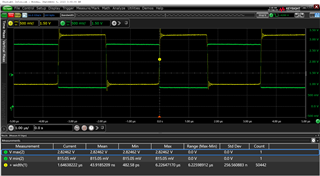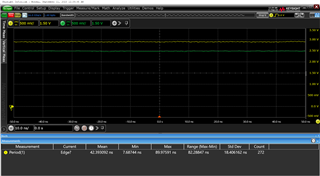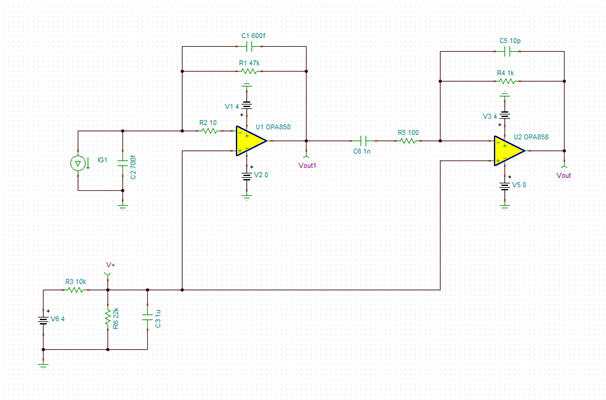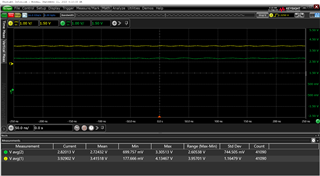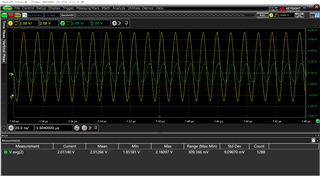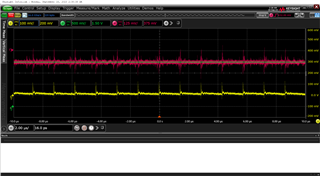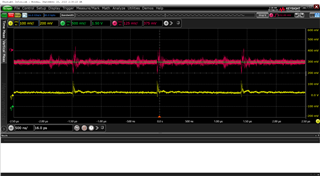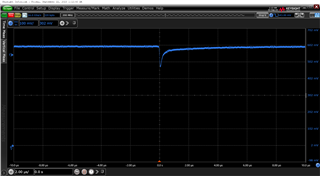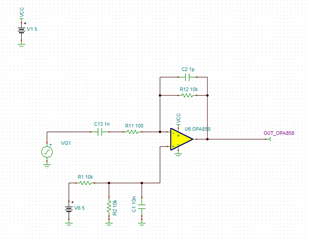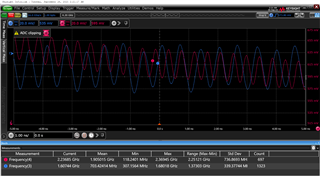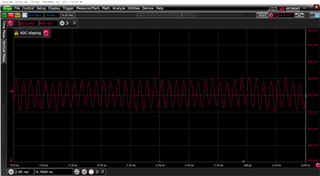Other Parts Discussed in Thread: TINA-TI, , TPS61391, OPA356, OPA695, OPA859
Hello all,
I have designed a transimpedance amplifier to detect a pulse signal received by a photodiode. V_APD is the APD supply, V_COM is the DC voltage that will create an offset at the output and PD is the signal that enables/disables the Op Amp. The circuit schematic is below.

After the Op Amp is supplied, I connect the DC voltage of 2V from a power supply to V_COM and measure it at the oscilloscope (green waveform). However, when I connect a probe to the Op Amp output (yellow waveform) both signals start to oscillate. You can see this behaviour on the screen below. Why is this happening? Is the probe capacitance making the circuit unstable? How should I measure the signal?

Thanks in advance,
João Rego




